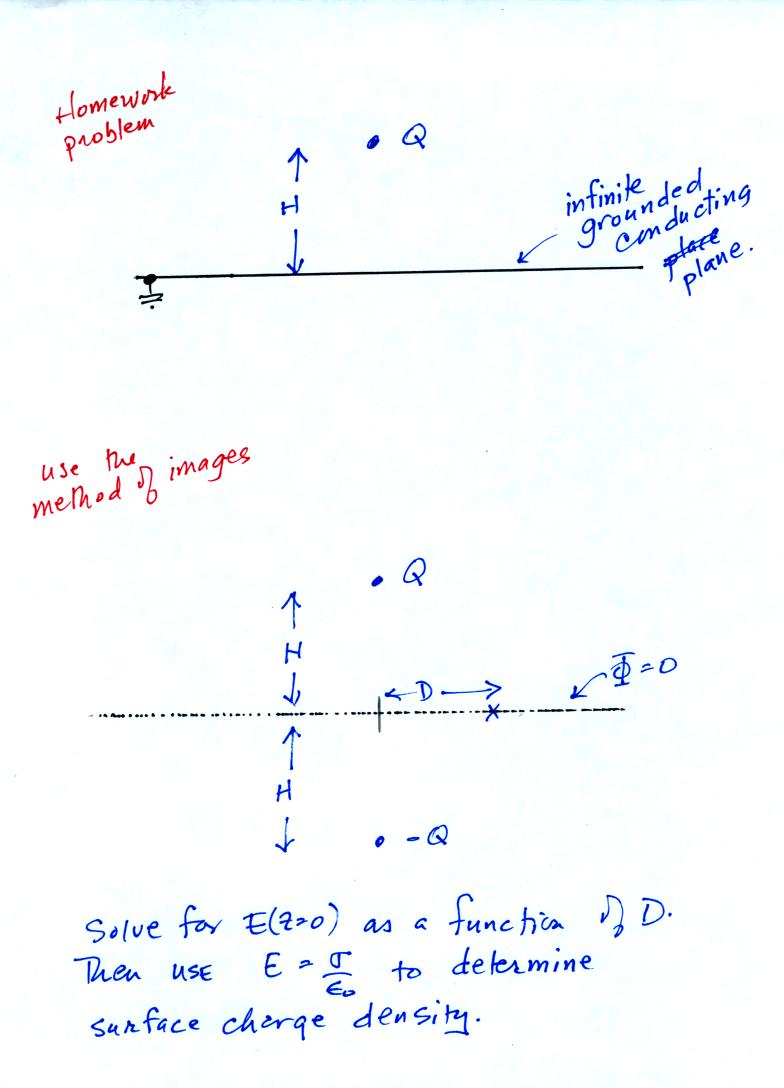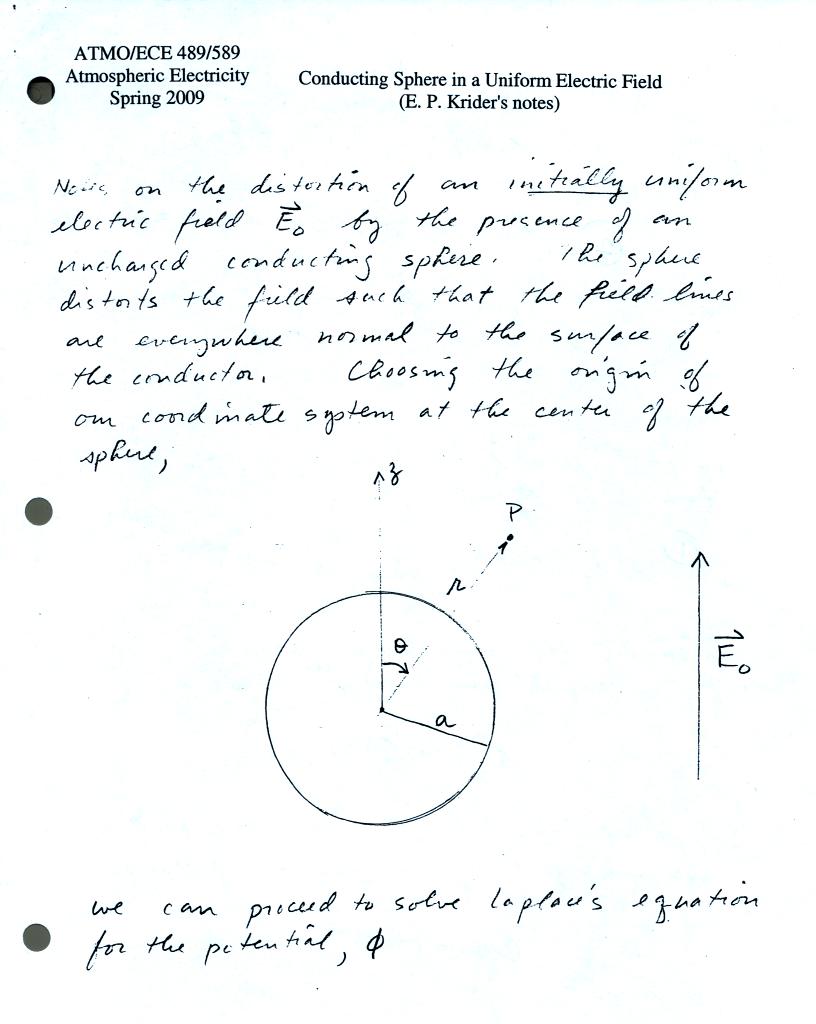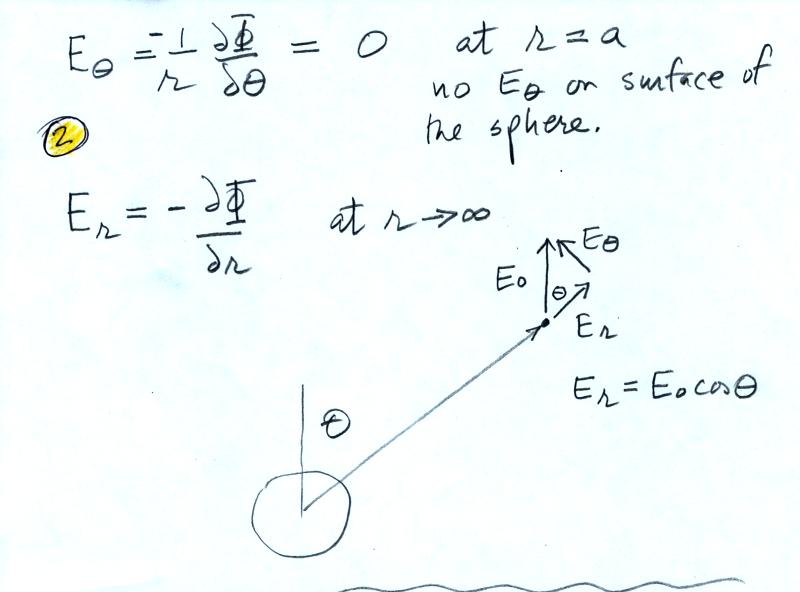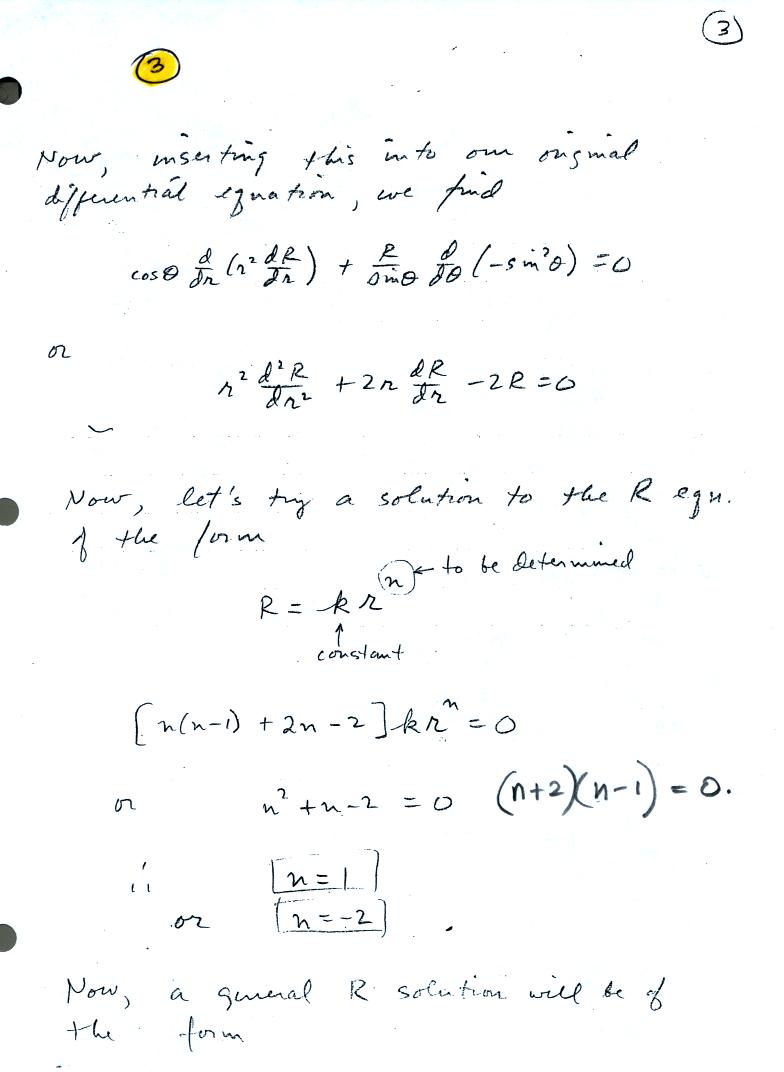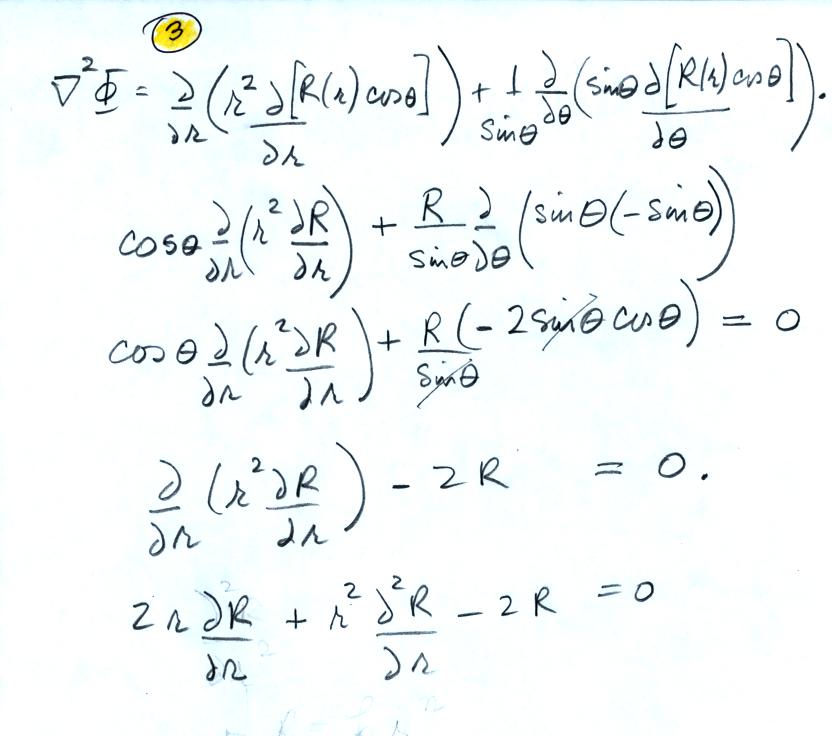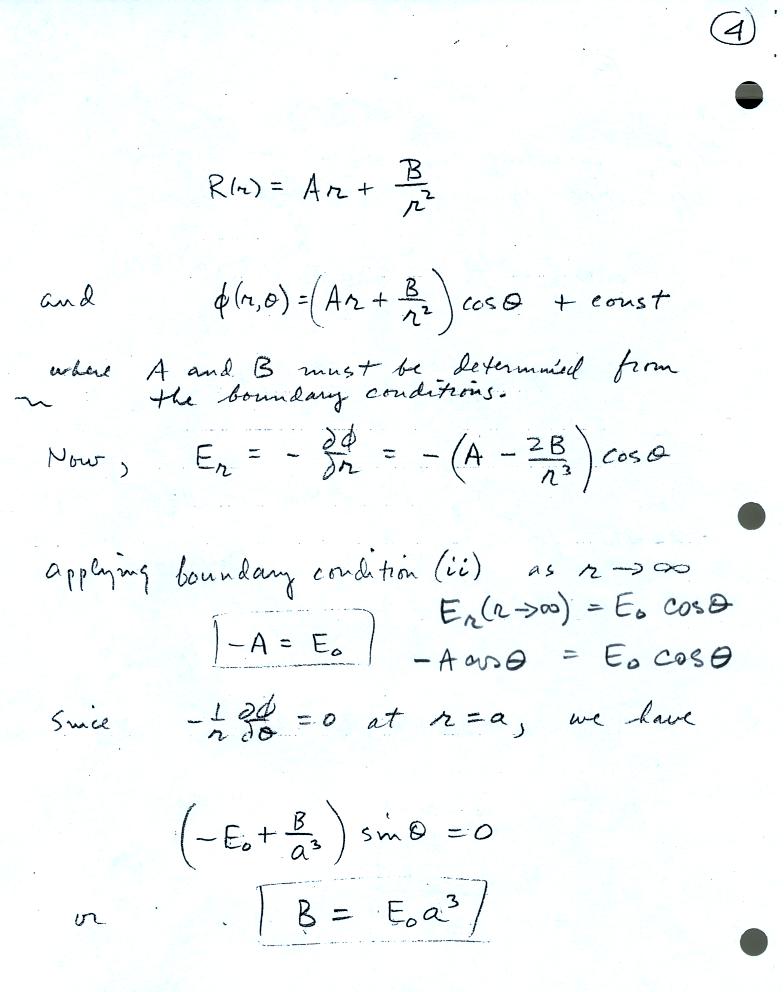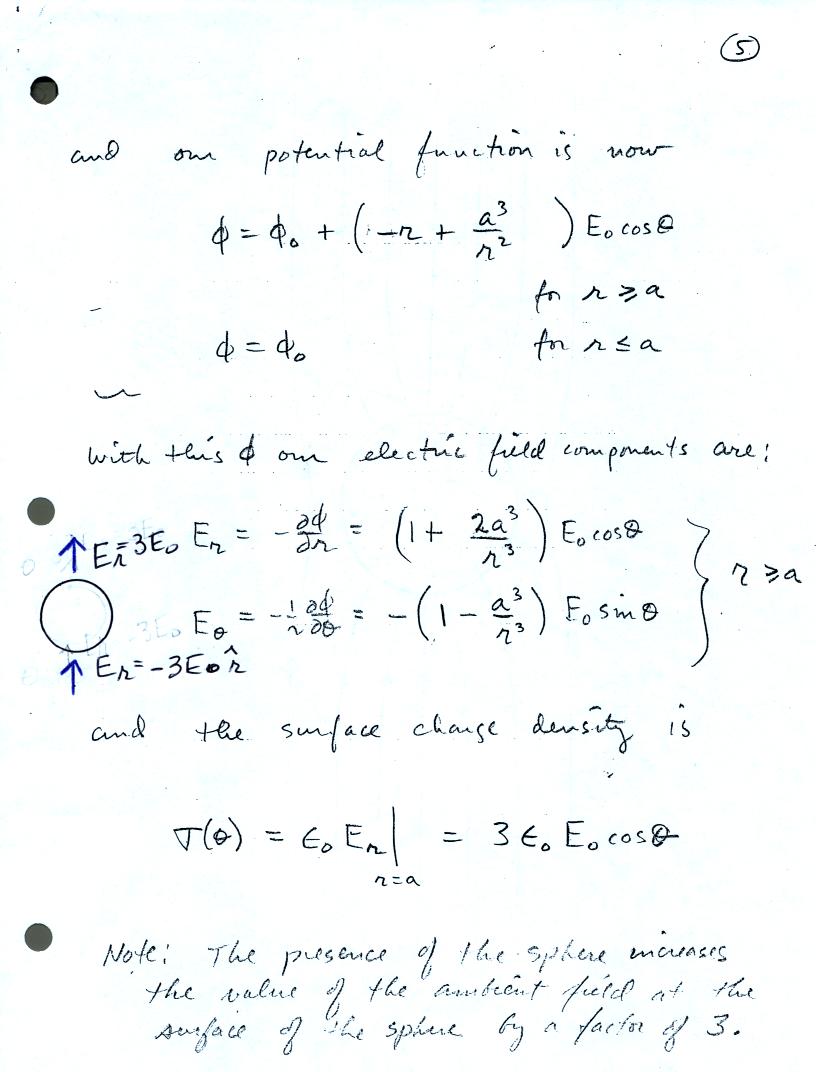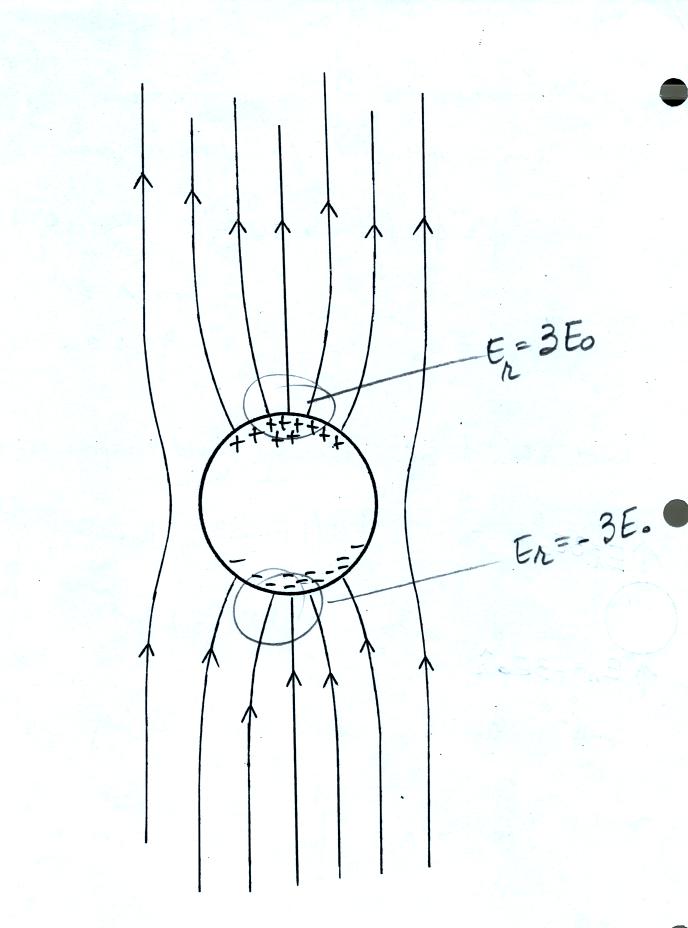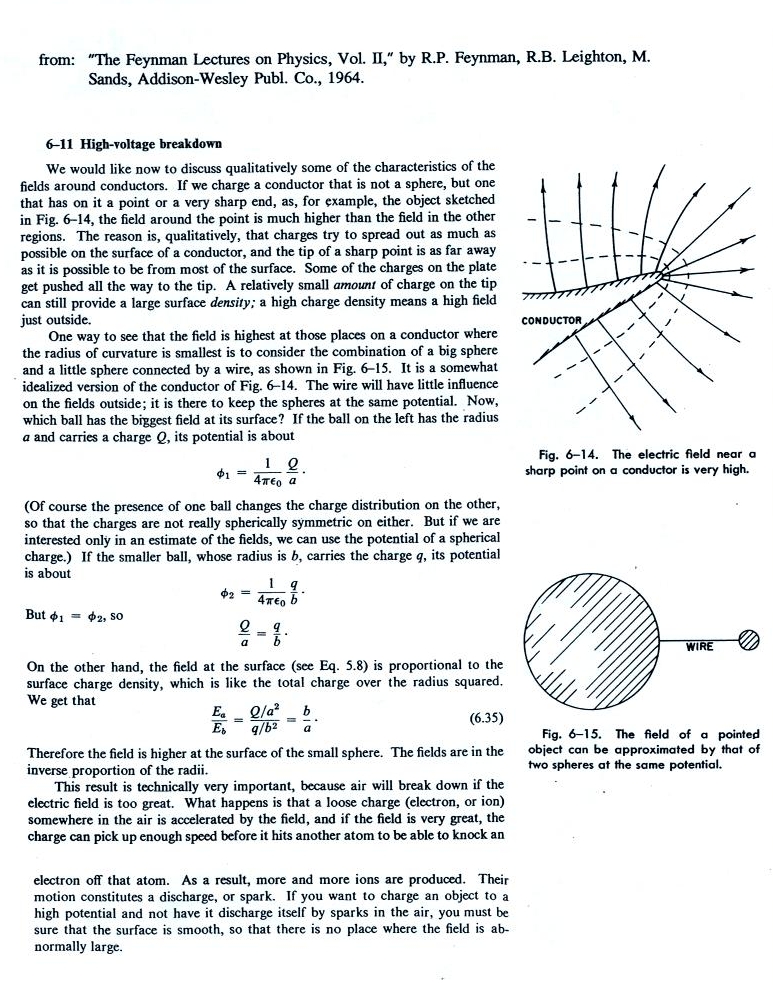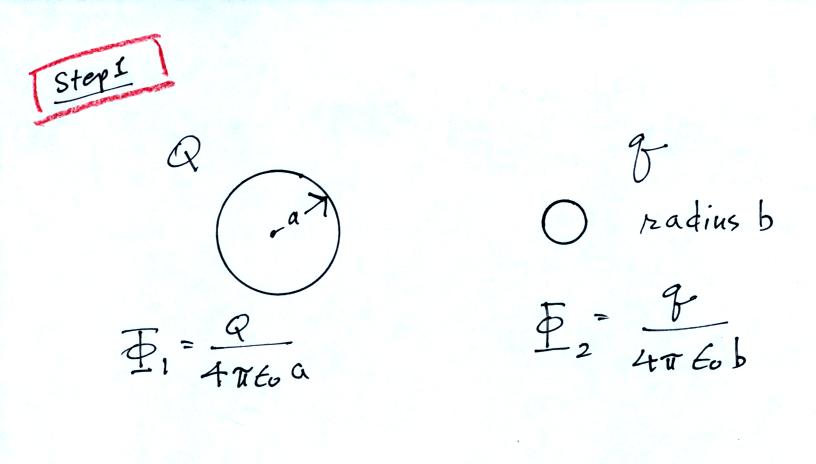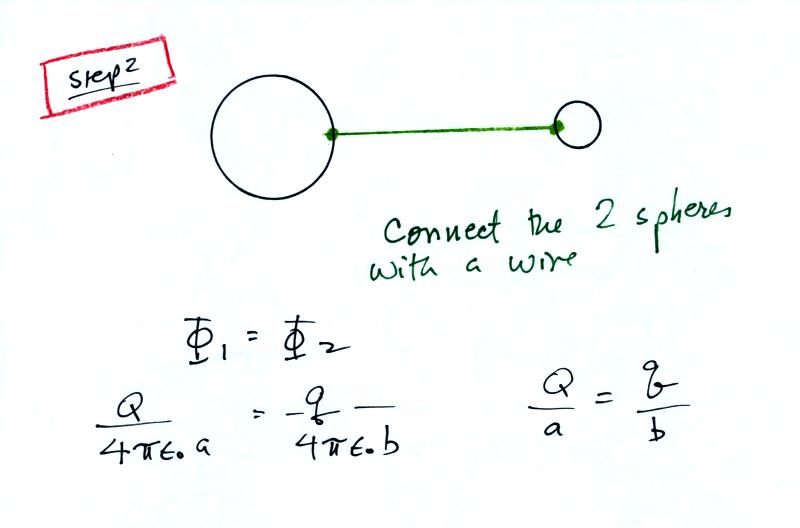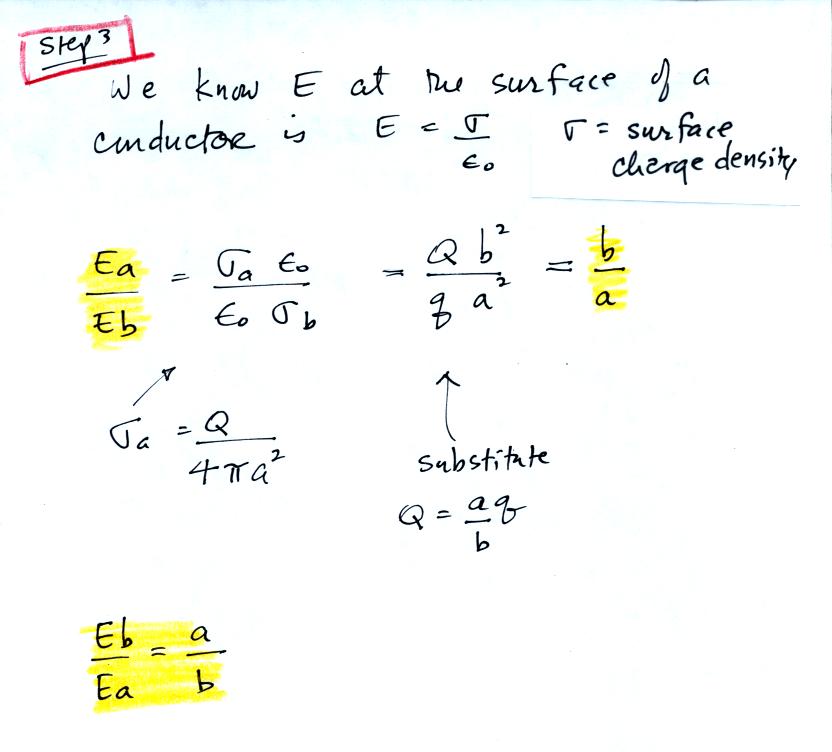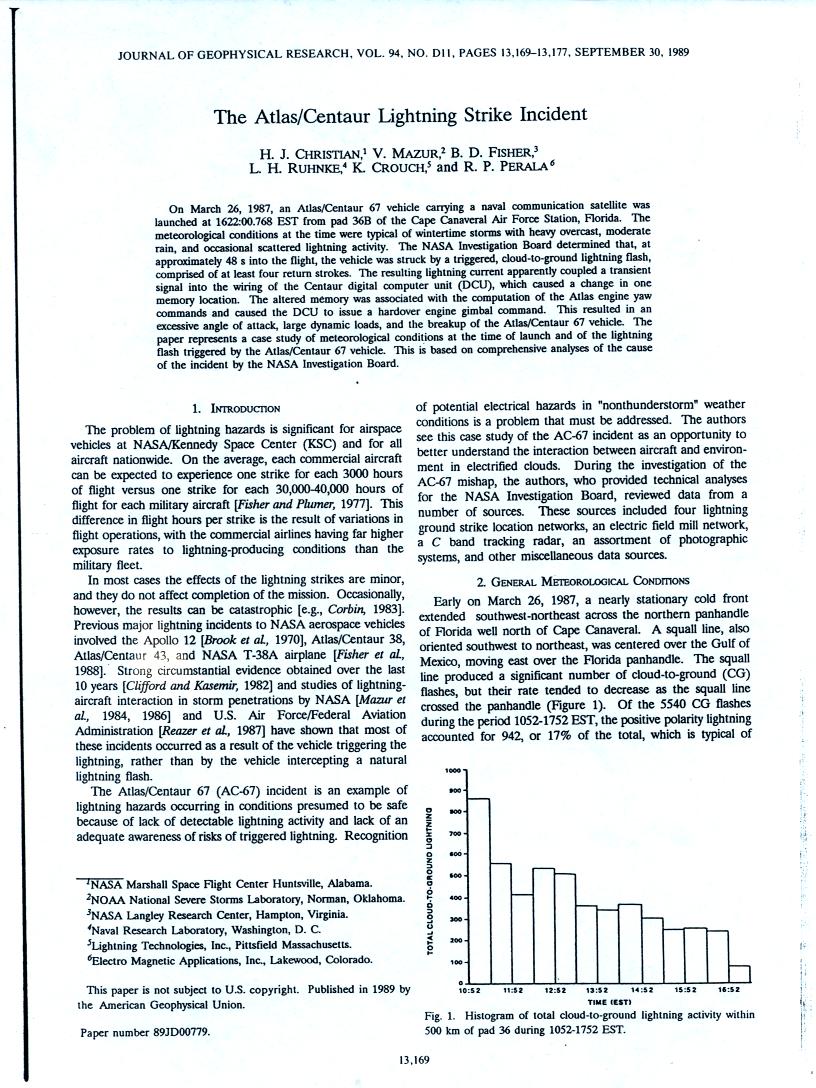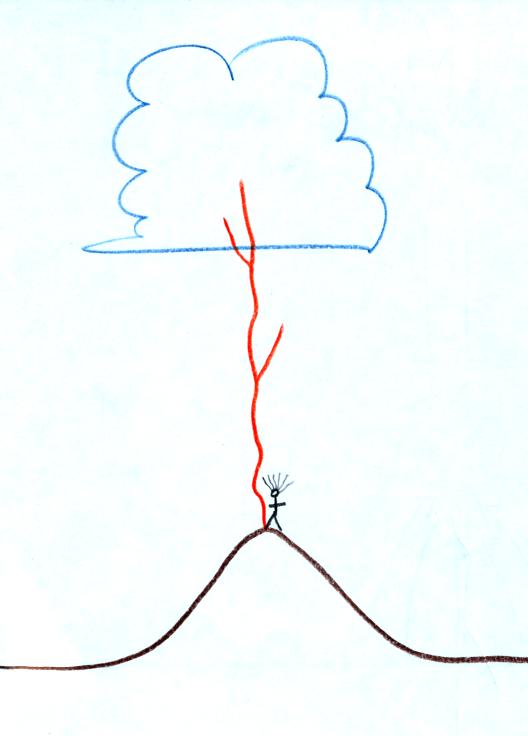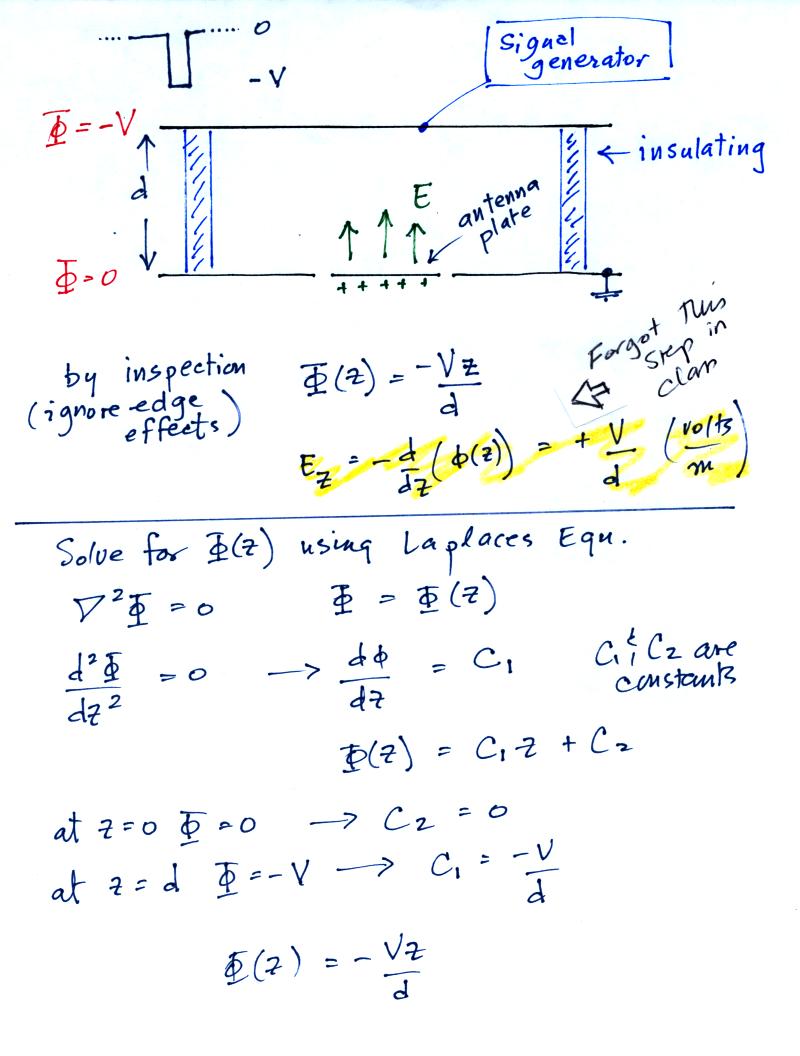
A flat plate is positioned a known
distance, d, above the antenna. The plate is insulated from
ground and a
signal generator is connected to it. In the figure we assume a
negative polarity pulse is connected to the plate (you could use the
pulse to also measure the antenna risetime and decay time). We
assume that the plate and antenna are large enough that the field is
uniform in the space above the center sensor.
